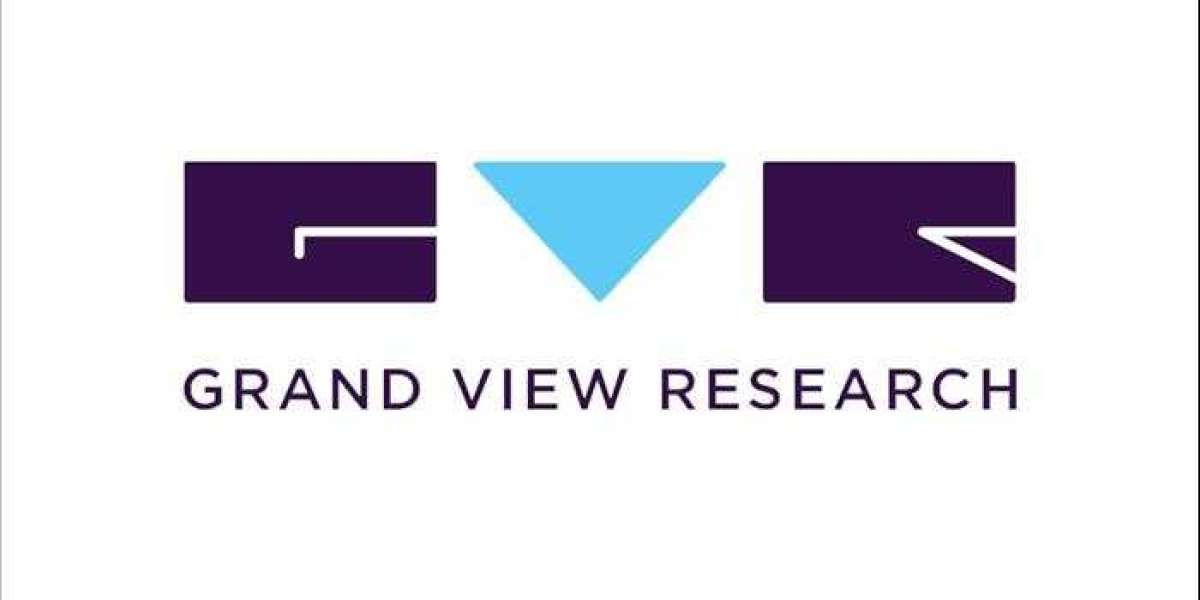Trends may not always dictate the future of an industry, it certainly does help in understanding the current innovations, analyzing their impact in the foreseeable future, and predicting their role in revolutionizing the industry. The VoIP industry has seen tremendous growth over the past decade as it surpassed $40 billion in 2022 with a 10% CAGR from 2023 to 2032 ( Source: GM Insights) Before we jump head first into some of the predicted VoIP trends to watch out for in 2023, here is a history of VoIP as a business communication channel.
History of VoIP
Early 1990-2000
InternetPhone can be considered as the first instance of VoIP. Using InternetPhone users could use specialized software to call other users through connected speakers and microphones in 1995. In 1998, InternetPhone partnered with Microsoft Netmeeting for internet voicemail applications. Around this time period, the term Voice over Internet Protocol (VoIP) was coined.
2000-2015
Skype was launched in 2003 that supported audio calls over internet. Users use the software to call landlines and cell phones alike for a nominal call rate, with credits. Gradually, new features like instant messaging capabilities, free peer-to-peer calling were added.
The actual steps towards mobile-based VoIP started in 2005-2006 with the introduction of C1250i, first ever mobile phone with WiFi connectivity by Calypso Wireless. In the same period, TruPhone, the first mobile VoIP app was also launched for leading mobile brands. In fact, by 2012, the mainstream adoption of VoIP telephone witnessed 17% growth yearly. By 2015, many businesses started transitioning to VoIP voice calls.
Current Scenario
By 2018, VoIP has become a $20 billion industry and businesses started the shift towards commercial VoIP adoption. The demand for custom VoIP development as well as white-labeling services started being included in a business’s checklist when looking for affordable VoIP development services. The current global VoIP market is expected to grow to $102.5 billion by 2026.
Exemplary VoIP trends that would dominate 2023
Increased adoption of Remote Working
The recent pandemic forced people to social distance and remain inside their houses in an effort to control the spread. While most businesses came to a standstill, it also allowed people to work remotely. Team collaboration and communication became a bottleneck that was worked around by implementing VoIP systems. Teams could quickly jump on a conference call or switch to a video conferencing for collaborating better. Businesses can take ample advantage of augmented staff hiring services by keeping constant communication with the offshore team.
IoT based VoIP
IoT devices have been becoming increasingly popular. The connected devices can ‘talk’ with other devices to automate a lot of common tasks. Such interconnectivity paired with VoIP technology can lead to smart offices. Compatibility and connectivity issues will the thing of the past as IoT means the devices will have specialized protocols for intercommunication. Different endpoints such as cameras and microphones can communicate with each other for a better video conferencing experience.
Improved VoIP security
VoIP is comparatively secure than PSTN systems, but it’s not completely impregnable. Cyberattacks are becoming more common as internet becomes more accessible and VoIP devices such as PBX, conferencing systems, IP phones, and cameras are the most commonly attacked elements in a VoIP system. Infact, Lumen Technologies reported a whopping 315% increase in the DDoS attacks over the first quarter of 2022 and 475% increase over Q3 2021.
Better AI adoption
The recent launch of ChatGPT and Dall.E demonstrated the capabilities of Artificial Intelligence. While AI is still in its infancy, future integrations of AI with VoIP systems are a great possibility. As per the Global Artificial Intelligence Market report, the AI market size is expected to reach $641.30 billion by 2028. AI can be greatly used for optimizing call traffic handling and customer interaction.
Increased mobile device adoption
It is projected that there are almost 15.96 billion mobile phone users globally in 2022, predicted to grow to 16.8% by 2023. Pairing this information with the gradual adoption of the 5G internet protocols globally, there is soon going to be a surge in the demand for mobile VoIP developments. As more and more people work remotely or on-the-go, mobile-friendly VoIP solutions are becoming increasingly important. In 2023, we can expect to see more VoIP providers offering mobile apps that allow users to make and receive calls from their smartphones. These mobile apps will also offer advanced features such as call routing and call recording, allowing users to stay productive while on-the-go.
Integration with Unified Communications
Unified Communications (UC) refers to the integration of various communication tools, such as VoIP, email, instant messaging, and video conferencing, into a single platform. In 2023, we can expect to see VoIP become more tightly integrated with UC solutions. This will allow users to easily switch between different communication channels, such as voice and video, within the same platform. In addition, the integration of VoIP with UC will enable businesses to better manage their communication channels, leading to improved productivity and collaboration.
Wider Adoption of VoIP by Small and Medium-sized businesses
A common misconception about VoIP is that it is expensive to adopt or migrate to. While the initial setup might be costly, the calling rates are comparatively cheaper, and the features benefits that VoIP brings to the table can counter the argument with savings in the long run.
The Rise of 5G
The introduction of 5G technology is expected to have a significant impact on the VoIP industry in 2023. With 5G, users will be able to enjoy faster and more reliable internet connections, which will result in higher-quality VoIP calls. In addition, 5G will enable the development of new VoIP applications that were previously not possible due to bandwidth limitations. Moreover, 5G is gonna widen the gap between IP deskphone versus softphones and strengthen the move towards softphones.
Wrapping Up
In conclusion, the VoIP industry is expected to undergo significant changes in 2023. From increased adoption of cloud-based solutions to the integration of AI and UC, businesses and individuals alike will benefit from the advancements. If you are looking for a trusted VoIP software development company with years of experience and an impressive set of solutions available, Vindaloo Softtech can be the right choice for you. Browse our services and get in touch with us to talk VoIP software development.








